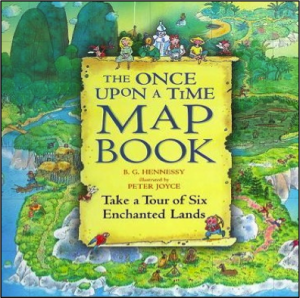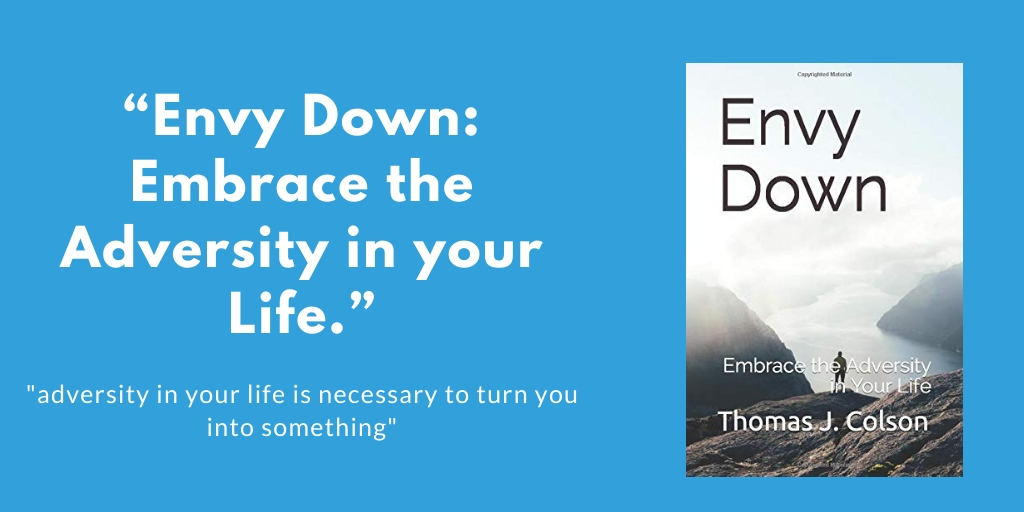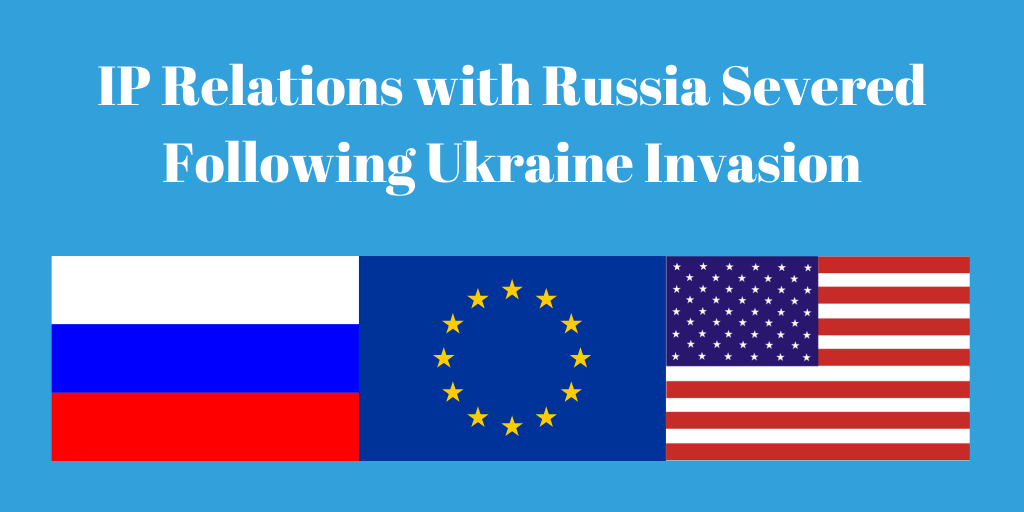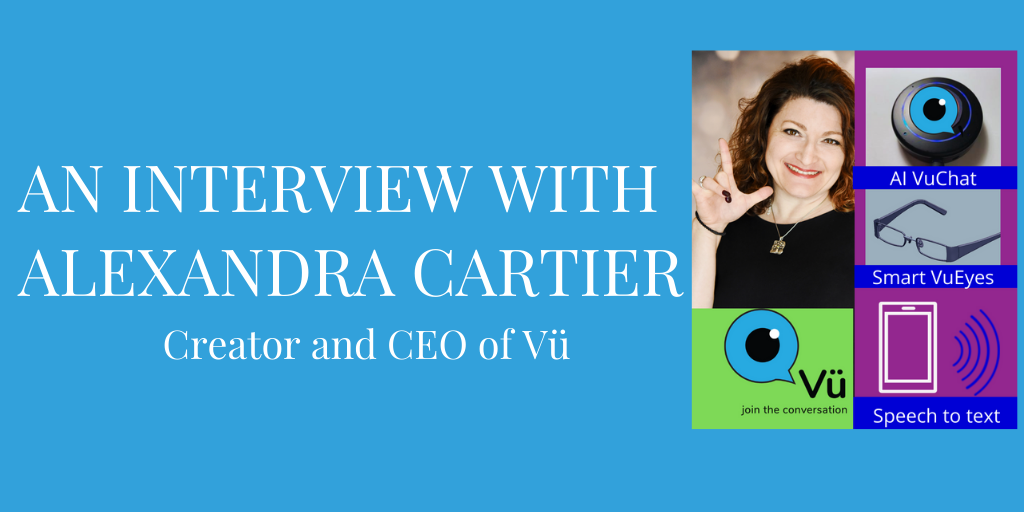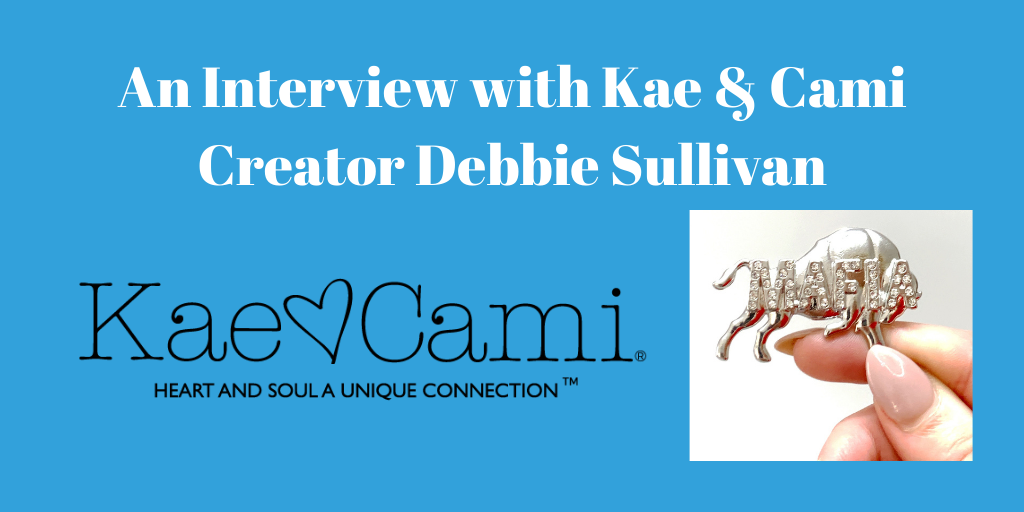 B.G. Hennessy is a critically acclaimed author of children’s books. Besides publishing her own original stories, Hennessy serves as the primary creator of the Don Freeman series Corduroy the Bear. After studying book design at the University of Wisconsin in Madison, Hennessy worked in children’s book publishing in New York City for 17 years as a designer and art director. She’s written picture books for the past 20 years and has been published worldwide.
B.G. Hennessy is a critically acclaimed author of children’s books. Besides publishing her own original stories, Hennessy serves as the primary creator of the Don Freeman series Corduroy the Bear. After studying book design at the University of Wisconsin in Madison, Hennessy worked in children’s book publishing in New York City for 17 years as a designer and art director. She’s written picture books for the past 20 years and has been published worldwide.

Lucia LoTempio: First, let me start out by asking you how many titles you have published.
B.G Hennessy: My thirty-seventh book A Christmas Wish for Corduroy will be published this fall. I have published additional titles in the educational market, but I’m counting the traditional trade market. My first book The Dinosaur Who Lived in My Backyard came out in 1988 and is still in print today.
LL: You ghost-write Don Freeman’s Corduroy bear series.
BGH: Actually, though my Corduroy books are based on Freeman’s work, they are not considered “ghost-written.” I am credited on the title page as the author. Don Freeman died before any of them were written so he was not involved. I do try to “channel” Don so perhaps he is my “ghost-writer!” Watch this video about my experience with Don and Corduroy. It was, and is, a great honor to continue writing about such a beloved character. Because I had worked with Don, I had an advantage. It was important to keep true to the original books and Don’s point of view. I have written two genres of Corduroy bear books: thirteen lift-the-flap books and two traditional picture books.
LL: How does ghost-writing differ from writing your own stories? Is it hard to fit a specific style?
BGH: When writing a story base on an existing character or story some things are easier, some are harder. Personally, I like taking something existing and doing something new with it. I have based several of my books on nursery rhymes and have taken the rhymes in a new direction. The Boy Who Cried Wolf is a retelling of an Aesop’s fable.
LL: Have you ever been asked to change anything in the Corduroy series because it varies too much from the “canon?”
BGH: Oh, yes! On the Freeman books I work with an editor and an agent who represents the Freeman estate. There are changes in every manuscript, but everyone involved wants each book to be as good as it can. We all work for Corduroy, though.
LL: What is it like writing and publishing children’s literature in this electronic age? How well do you feel you are handling the industry change? Does your experience differ from your counterparts who are publishing books for an older audience?
BGH: As far as industry changes go, it is different today. The electronic shift is not impacting traditional picture books as much as older fiction and non-fiction. What is changing is that the competition is greater. There are fewer new authors being published by traditional publishers and more “franchise” or series published. However, no matter what format a book is published in, good writing is always step number one.
LL: Looking through your twitter, I can tell that you are a great literary citizen, meaning you don’t just tweet about your exciting announcements, but you also often tweet about other children’s book authors and interesting articles pertaining to your genre as a whole. Can you talk about the importance of maintaining this balance and supporting your peers?
BGH: I try to use social media as a way for my readers to get to know me and what I am interested in and not as a way to sell my books. I am a great supporter of literacy and am very interested in education. One of my ongoing projects is to expand my contacts on Facebook, Pinterest, Twitter, Amazon, YouTube, and on my website to reach more teachers and librarians. One of my most important projects has been to create new Teacher’s Guides and materials on my books that can expand their use in the classroom. They can be found on my website under Teachers & Parents. As you noticed, children’s book authors and illustrators are a mighty tribe. We do try to support each other. But, as my mother always says, “if you can’t say something nice, don’t say anything at all,” so I only post about books that I am familiar with.
LL: How important is it for you to get your work registered under a copyright? How do you go about getting your work copyrighted and published? Do you have an agent?
BGH: U.S. copyright laws are pretty strict. My work technically is protected once I send it and probably before. Up until now, I have not had an agent. However, due to the rapid changes and new opportunities in publishing I am currently in the courting stage of finding an agent.
LL: Are you linked to one publishing company or have different ones picked up your books?
BGH: My publishers in the USA are: Viking Children’s Books, Simon & Schuster, Candlewick Press and Putnam Books for Young Readers. My books have been published in 10 languages.
LL: On your website you talk about gathering inspiration from children and from being “intrigued with a subject or a point of view.” What subject or point of view do you feel intrigued you the most and gave you the most room to really get your creative juices flowing?
BGH: That’s a big question. I always think from a child’s point of view first. Will they be interested in the subject? The story? The character? When the book is finished I want them to say: “Read it again!” Writing a book is a long process. People are often surprised that it can take years to write a picture book. Every word, every sound, every pause makes a difference. So, I better be in love with my idea before I decide to work on it. We will be together for a long time. I would say that my most unique concepts is the concept behind The Once Upon a Time Map Book and the companion The Scary Places Map Book. Both were big undertakings and seeing the final products is very rewarding.
Since most of my books are read-a-louds, first and most importantly, I write for the child who is being read to. Second up is the reader. How does the text sound when it is read out loud. Is it clear? Smooth? Fun? Rhythm is critical. Third on my list is the illustrator. Have I written something that will be interesting to them? One of the great lessons of being involved in publishing was that there are many well-written stories that are not at all visually interesting. I often speak at schools and this is how I explain it:
- I write for Curious George. Is my story interesting enough for him to sit still to listen?
- I write for a reader like Homer Simpson. I can’t choose my reader, so I must make sure the words and rhythm are clear, and no matter who is the reader the book sounds right.
- I write for Harold and his Purple Crayon: my illustrator. Will my story make an illustrator say, “I need to illustrate that book!”
LL: Speaking of illustrating for children’s books, can you expand on this integral part of children’s literature? What is the relationship between writer and illustrator?
BGH: The writer and illustrator of a picture book rarely meet. It is the publisher’s job to match a text with the illustrator. I have always thought that I had a tremendous advantage over many writers because of my background. I worked with so many wonderfully talented artists as an art director of children’s books at Viking for thirteen years. I worked with Don Freeman, Ezra Jack Keats, James Marshall, Lane Smith, Barbara Cooney, Leo and Diane Dillon, Alice and Martin Provensen to mention just a few. There was no better way to learn about what makes a good picture book. I learned from each and every book. Atha Tehon, the art director at Dial Books for Young Readers, was my first boss and mentor. I was very fortunate to have learned from the best.
LL: What is your favorite children’s book? And your favorite adult book? What are you currently reading?
BGH: The top 5 books in my children’s home library: The Tall Book of Mother Goose Rhymes, Goodnight Moon by Brown, Where the Wild Things Are by Sendak, The Illustrated Treasury of Children’s Literature by Martignoni, and A Little House of Your Own by de Regniers. My favorite adult book is To Kill a Mockingbird. I just finished Nothing Daunted: The Journey of Two Society Girls in the West by Dorothy Wickenden.
LL: What advice would you give to young writers or illustrators who want to break into the children’s book market?
BGH: Join SCBWI (The Society of Children’s Book Writers and Illustrators and learn about the process and the industry.) Knowing the ins and outs of how to write for the market can save you lots of time and effort. Do your homework!

